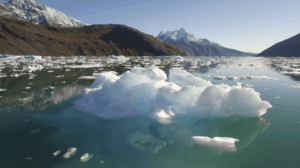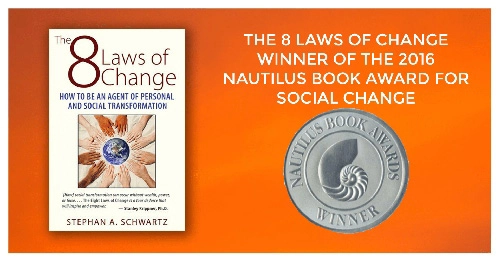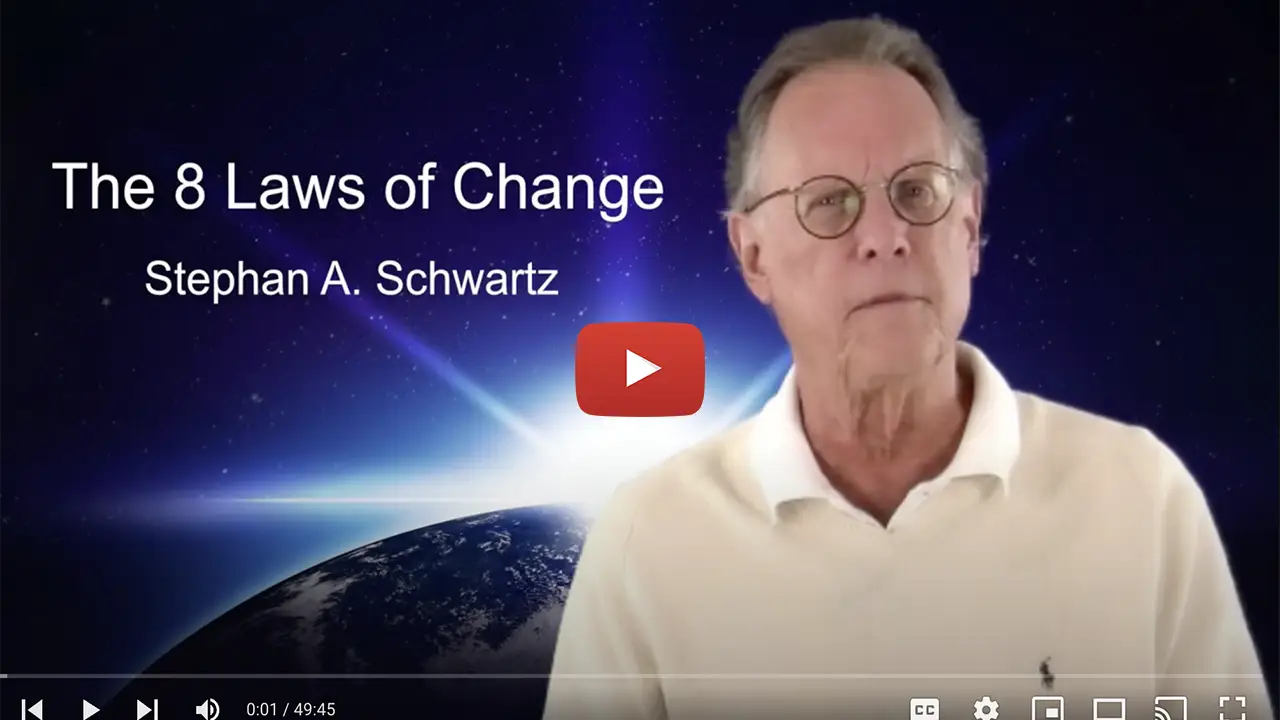
Sea turtle hatchling crawls across beach to get to the sea.
Credit: Chaideer Mahyuddin/Agence France-Presse/Getty
As anthropogenic climate change continues the risks to biodiversity will increase over time, with future projections indicating that a potentially catastrophic loss of global biodiversity is on the horizon1–3. However, our understanding of when and how abruptly this climate-driven disruption of biodiversity will occur is limited because biodiversity forecasts typically focus on individual snapshots of the future. Here we use annual projections (from 1850 to 2100) of temperature and precipitation across the ranges of more than 30,000 marine and terrestrial species to estimate the timing of their exposure to potentially dangerous climate conditions. We project that future disruption of ecological assemblages as a result of climate change will be abrupt, because within any given ecological assemblage the exposure of most species to climate conditions beyond their realized niche limits occurs almost simultaneously. Under a high-emissions scenario (representative concentration pathway (RCP)8.5), such abrupt exposure events begin before 2030 in tropical oceans and spread to tropical forests and higher latitudes […]

Murrumu of Walubara, right, snorkels with his son, Thoyo of Walubara, at the Great Barrier Reef in Australia last year. Surveys conducted by Brook Mitchell / The New York Times
Earlier this year, scientists warned that the Great Barrier Reef could be on the brink of its most widespread bleaching event ever recorded. That fear has been realized.
Surveys conducted by scientists at Australia’s James Cook University and the Great Barrier Reef Marine Park Authority show that a summer of extreme heat has caused the reef, which is a World Heritage Site, to suffer a mass bleaching of unprecedented scale. Corals from the far north to the southern tip of the 1,400 mile-long ecosystem are experiencing severe impacts.
It was also one of the reef’s worst mass bleaching episodes in terms of intensity, second only to 2016, which killed half of all shallow-water corals on the northern Great Barrier Reef.
Unlike the summer of 2016, when an intense marine heat wave coincided with one of the strongest El Niño events on record, this past summer brought a bleaching […]

Small iceberg in ice fjord with mountainous background, Southern Greenland.
Credit: Education Images / Universal Images Group / Getty
Greenland’s kilometers-long ice sheet underwent near-record imbalance last year, scientists have reported on Wednesday.
The ice sheet suffered a net loss of 600 billion tons, which was enough to raise the global watermark 1.5 millimeters, accounting for approximately 40% of total sea-level rise in 2019.
The alarming development was reported in “The Cryosphere,” a peer-reviewed journal published by the European Geosciences Union.
Researchers noted that the massive melt was not due only to warm temperatures but also to unusual high-pressure weather systems, which suggested that scientists may be underestimating the threats the ice faces.
The unusual high-pressure weather systems are linked to climate change and they have blocked the formation of clouds, causing unfiltered sunlight to melt the surface of the ice sheet.
Fewer clouds also meant less snow, which researchers found to be some 100 billion tons below the 1980-1999 average.
“These atmospheric conditions are becoming more and more […]
 Sea-level rise will radically redefine the coastline of the 21st century.”
Sea-level rise will radically redefine the coastline of the 21st century.”
That’s from a new study that shows rising sea levels could lead to extreme flooding events in some U.S. coastal areas doubling every five years.
The study published on Thursday in Scientific Reports suggests that extreme water levels that are now reached once every 50 years may be exceeded daily along U.S. coastlines before the end of the 21st century.
“We find that the odds of exceeding critical water-level thresholds increases exponentially with sea-level rise, meaning that fixed amounts of sea-level rise of only 1–10 cm in areas with a narrow range of present-day extreme water levels can double the odds of flooding,” the report states. “Combining these growth rates with established sea-level rise projections, we find that the odds of extreme flooding double approximately every five years into the future.”
Scientists from the U.S. Geological Survey, the University of Hawaii and the University of Illinois looked at the continuous shift in coastal flooding scenarios using tide gauges combined with data from sea-level rise scenarios to model the rate at which flooding events may […]










